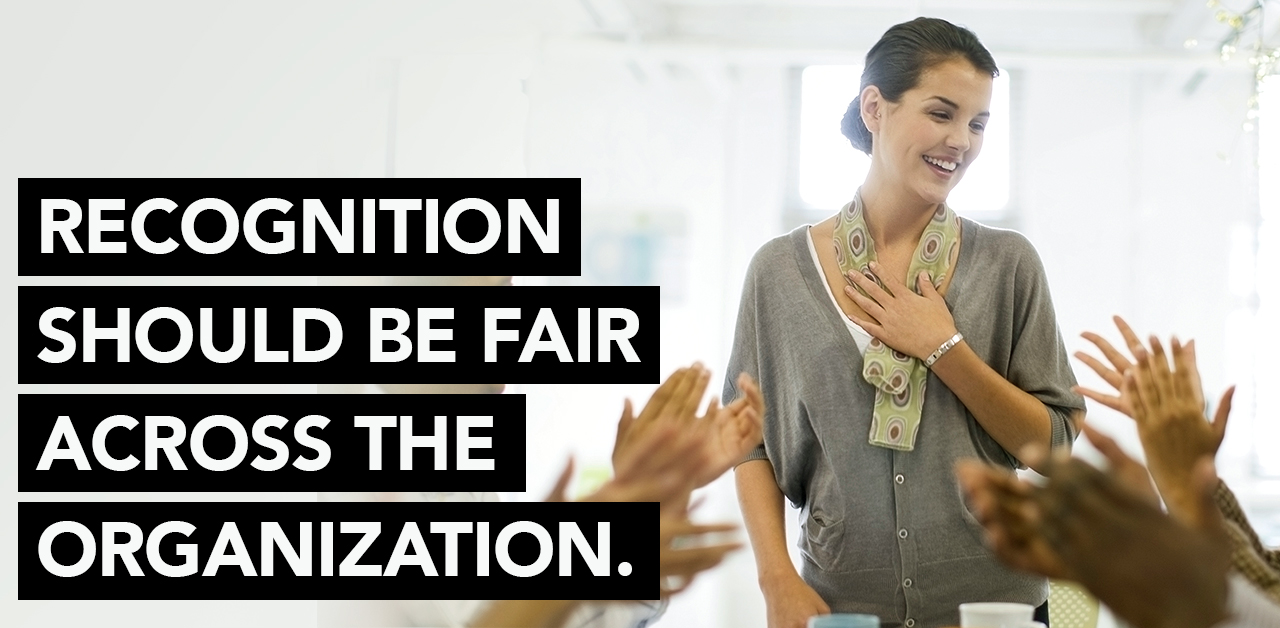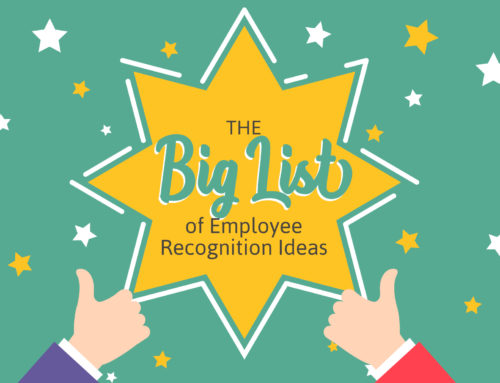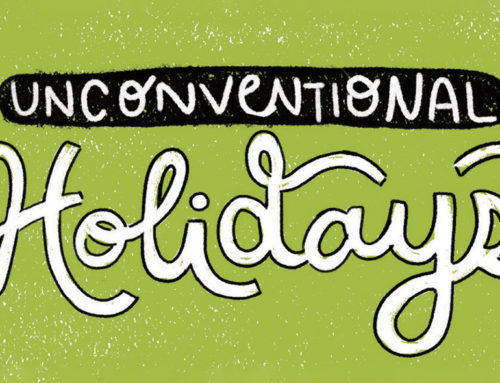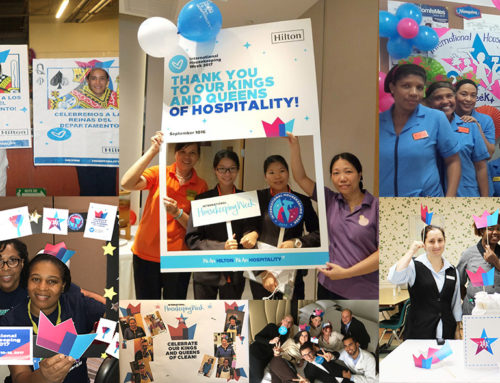The topic of employee recognition has spawned thousands of blogs, articles, and debates in the business community. Why? The right recognition program can have big payoffs. Everything from happier employees to increased productivity to profit upturns can be achieved with the help of a great recognition program.
But what do your employees really think of recognition?
According to the American Psychological Association (APA), recognition is incredibly effective if three conditions are met:
- Recognition practices across the organization are fair.
- Direct supervisors provide regular, effective recognition to their employees.
- Employees look forward to or value recognition from their superiors.
Meeting the first two goals is often much easier than creating programs that employees look forward to or value. It’s relatively easy to put recognition goals on a calendar and meet them. It’s harder to know if your employees enjoy and look forward to those recognition efforts. If you want to make the most of your opportunities, you’ll need to do some digging to determine what your people think of the program.
How to evaluate your recognition program
Taking stock of your organization’s recognition program means evaluating whether employees feel praise is timely, effective, and valuable. You can get a handle on how well a recognition program is working by looking at raw numbers such as quarter-over-quarter sales increases or quarterly turnover rates. An increase in the former and decrease in the latter indicate that your program is on the right track.
However, you can’t stop with the numbers. Remember that recognition is about real human beings. The only way to know how employees feel about your organization’s program is to sit down with them and talk about it. Ask what they like about the program and what they would like to see changed. Ask your employees:
- what recognition events or efforts they find the most memorable
- whether they receive verbal praise on a regular basis
- what types of opportunities they’d like to see tied to recognition
- how important financial incentives are in terms of recognition
- how often they think they should receive recognition.
The findings might surprise you. Maybe your employees like your recognition program, but they don’t always use the gift cards they’re given. Your employees might say that they think such gifts are cool, but they’d prefer to be rewarded with first dibs on an exciting new project. You might even discover that many employees value praise from their managers as much or more than they value financial incentives.
How to identify improvement opportunities
Once you’ve talked to employees and looked at the numbers, you can formulate strategies to strengthen your organization’s recognition program. In terms of improvement, take cues from what your employees are telling you. If they feel like they get great gifts but don’t receive enough verbal praise, set daily and weekly recognition goals for supervisors. Remember that a simple thank you note or email can be highly effective.
As you look for ways to improve your program, think about how well you personalize your efforts to each employee. Do employees know what to expect even before they unwrap a recognition gift? That’s not always a bad thing, but it’s also important to build an element of surprise into your recognition routine. Custom employee recognition awards such as statuettes are great if you’re hosting an employee gala, but it’s important to work personalized rewards into your recognition strategy, too.
Getting at the heart of tailored recognition
Personalizing a recognition reward to an employee is all about knowing that person’s likes and interests. If you know that your star sales guy loves to cook, get him a fancy kitchen gadget or certificate for a gourmet cooking class. If your best accountant is also an aspiring artist, pick up some supplies that will spark her creativity.
Knowing your people well is key to making custom recognition strategies work. You can find out a great deal about your employees by
- introducing icebreakers at team meetings
- asking employees what they like to do when they’re away from work
- talking with employees about their professional and personal goals
- asking other employees what kind of gifts a peer would love
Assess your program again a few months after you’ve started making recognition personal. No doubt you’ll find areas that need improvement, but you’ll likely find that your employees are more satisfied, too. After all, being recognized means being seen for who we are and what we bring to the table. Highlight the unique contributions and personalities of each of your employees, and you’ll be doing just that.





